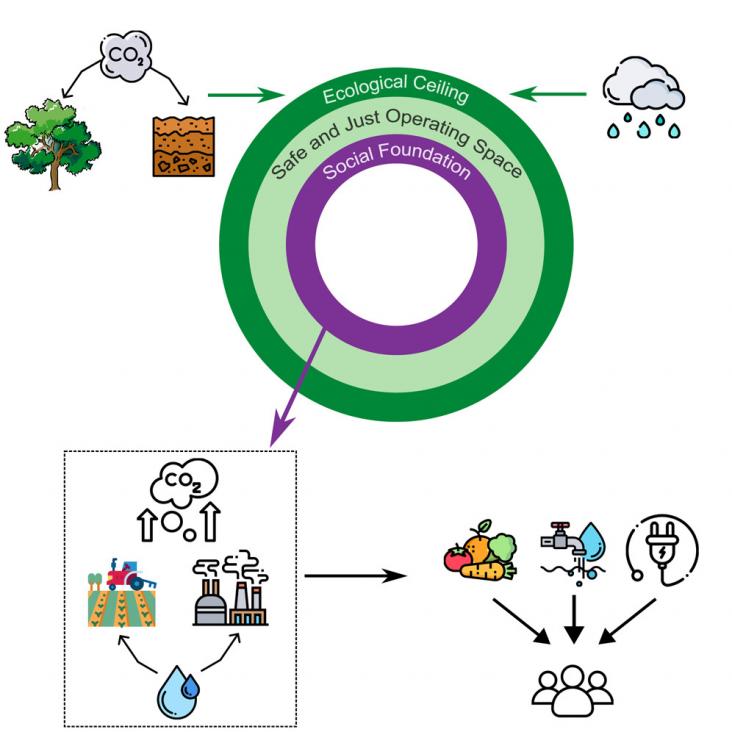This paper concludes that In the participating Dene population, vitamin D, fiber, and calcium intake were low, resulting in deficiencies for the majority of the participants and that Poor nutritional status might be because of several complex and intersecting challenges experienced by northern Indigenous communities, such as the historical context of colonialism, remote food insecurity, and social and environmental inequities. It is suggested that nutrition education, financial interventions, and store-food pricing policies should be put in place to facilitate access to market food, and culturally adequate initiatives, such as community harvest programs, should be put in place to facilitate better access to TFs/CFs.
This opinion highlights how tapping into natural biodiversity, while incorporating information about local environmental and climatic conditions, enables crop production in marginal soils.
Nutritional Profiles of Four Promising Wild Edible Plants Commonly Consumed by the Semai in Malaysia
Background: An essential dietary strategy to address the rapidly increasing risk of the double burden of malnutrition among indigenous populations around the world is to improve nutritional and food d
The findings of this study suggest further review and consideration of a multipronged approach of integrated nutrition, menstrual hygiene management, and water, sanitation and hygiene interventions at the school level to improve adolescent nutrition and health.
Possible but rare: Safe and just satisfaction of national human needs in terms of ecosystem services
One Earth, Volume 6, 21 April 2023

The authors investigate a countries ability to provide adequate food, energy, and water, without exceeding nature's carrying capacity. They show that 67% of nations are operating within a safe space for water provision.
The authors of this paper conclude that training food service staff and other food service staff may be beneficial to improve meal quality in the Early Care and Education (ECE) programs but point out that positive changes did not last, perhaps indicating a need for longer and rigorous trainings.
This Review supports SDGs 2 and 3 by synthesising the evidence on the mechanisms that connect extreme climate events to food insecurity, including events such as drought, change in rainfall patterns, and change in sea levels.
This article supports SDG 2, SDG 3 and SDG 13 by demonstrating the importance of enhancing farmers’ perceptions of of Climate-Smart Agriculture potential to promote environmental stewardship with motivations by demographic, socioeconomic and ecological factors.
Background: A large part of the existential threat associated with climate change is the result of current human feeding patterns.
The results in this paper imply that long-term policies on improving access to education, livestock ownership, and improved water may shape the food security status of rural households in Northern Kenya.
